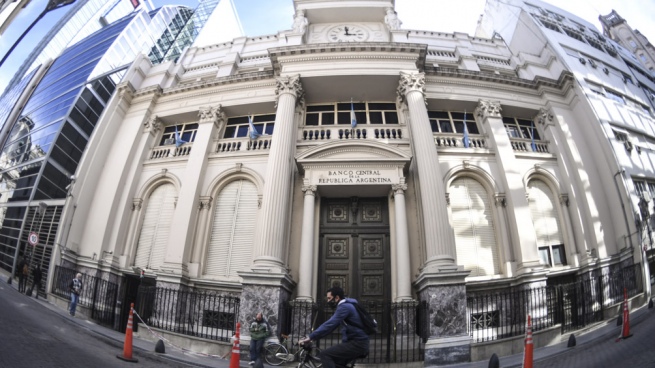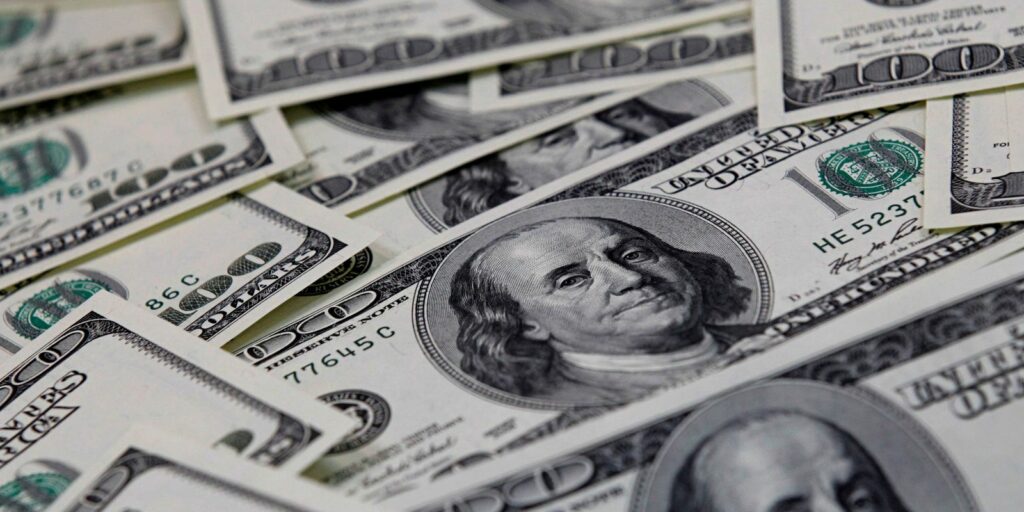The Central Bank (BCRA) closed this Wednesday’s round with purchases for US$ 272 million and accumulate purchases for a few US$ 1,660 million in the last seven dayssince the implementation of a special exchange rate of $200 for exports of soybeans and derivatives, which began to function fully on Tuesday of last week.
In the absence of 12 wheels to close the month, The BCRA is on track to beat the best record since May 2021when he had bought US$ 2,049 million.
In this sense, the commitment of the agribusiness sector with the Ministry of Economy was to liquidate, at least, US$ 5,000 million in soybean grains and other derivatives of the oilseed during September -time of validity of this mechanism- and, for the time being, it has already exceeded US$ 2,700 million in effective settlements in the foreign exchange market.
According to projections from the private sector, the combination of a greater liquidation of exports from the soybean complex and a lower demand for energy imports, once the days with the lowest temperatures are behind us, they could leave some US$ 2,000 million extra to the BCRA with which to accumulate reserves in the coming weeks.
The president of the BCRA, Miguel Fish, confirmed to Télam days ago that, after energy imports demanded payments of more than US$2 billion in July, “in August there were less than US$1 billion of energy imports” and that although “the projection for September is not yet there, it will surely be less than US$900 million.”
“Fortunately, the Ministry of Energy is reducing its import projections week by week,” Pesce assured on that occasion.
“The proposal for the US$5 billion soybean complex meets the expectations we had. Without counting this commitment, we calculated some 2.5 billion dollars in exports from the complex. Now there are going to be 5 billion liquidations,” Pesce said.
About, the expectation of the “soybean dollar” would have delayed exports for some US$ 1,200 million in the last 90 daysso the new scheme announced by the Minister of Economy, Sergio Massa, “could attract the liquidation of a good part of what was withheld,” said a report by the fund manager MegaQm.
“The additional supply for September (more grain and less fuel) could be around US$1.5/2 billion,” the report said.
The “soybean dollar” is driving the settlement of some 5.5 million tons of soybeans that were delayed, compared to the volume of settlements last year, which according to Ecolatina estimates, in foreign currency would be US$3.2 billion.

The Center for Political Economy (CEPA) estimates that the soybean dollar will contribute US$ 2,000 million in a conservative scenario and that the international organizations would disburse between US$700 and 1,300 million before the end of the month, for which the Government would be only US$1,000 million away from meeting the goal with the IMF, which establishes that at the end of September the BCRA should have US$ 6,725 million of net reserves.
Another of the measures adopted by the BCRA to maximize the sale of the retained harvest was to set a minimum rate of 120% on the Leliq for all financing lines in pesos of soybean producers with a stock greater than 5% of their production.
The measure seeks to add pressure to large producers and compensate small oneswho have already sold their harvest and saw how those who could collect and speculate with better sales conditions these months took all the advantages.
In fact, after the inflation figure for August (7%) was released today, it is very likely that the BCRA will increase the interest rate again tomorrow, since it is raising the crawlin-peg of the official exchange rate to 6 .2% per month, above the effective monetary policy rate of 5.8%.
According to calculations by the consulting firm Equilibra, to be compatible with a monthly nominal rate of 6.25%, the Central Bank should raise the rate by 550 points (from 69.5% to 75% TNA) to align with the rate of the official exchange rate in the last few days and the rise in prices.
















